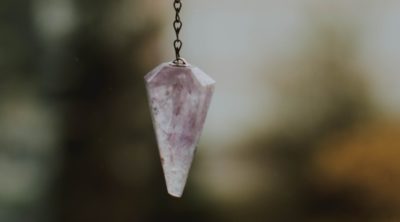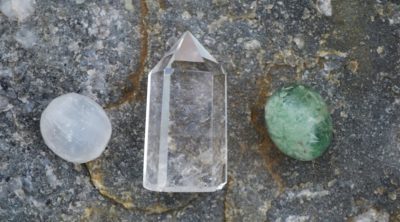
Hematite is a rich source of iron and has been used for several purposes, ranging from decoration to embellishment. It is a solid mineral substance, which is a rich source of iron. An important ore of iron (present in the form of ferric oxide), it is composed of two molecules of iron and three molecules of oxygen.
Different types of this mineral are mined from the iron mines in various parts of the world. Naturally occurring hematite is found in different colors including black, brown, metallic gray, and red. A common characteristic of all these types is the presence of a rust red streak in them. The name ‘hematite’ in Greek means blood. This is because the powdered form of this metallic ore appears red.
Varied Uses
Hematite was first used thousands of years ago and is being used for different purposes even today. One of its key historical uses was as a pigment. Historical evidence suggests that ancient Egyptians used this mineral as a coloring agent in pottery to give the structures a brown or red shade. Later, it was used in varied paints as well.
The ornamental use of the mineral began in the Victorian era between 1837 and 1901. It was used as a gemstone in decorating rings, bracelets, earrings, and necklaces. Even today, black polished hematite beads are widely used for making costume jewelry. Gem and mineral collectors consider it a collectible stone, given that it has magnetite, quartz calcite, and pyrite in it.
The mineral is often referred to as black diamond. Polished black hematite can be carved into attractive figurines which can then be used as decorative items in homes. Small-sized figurines made out of this mineral are used as pendants and brooches as well.
Hematite is often referred to as a natural ore of iron. This is because mining of this ore started quite early when other ores of iron were not known. It supplies us with large amounts of iron as its iron content is as high as 66 percent.
Usually, any type of iron ore is processed first to get rid of all its impurities before it is fed into the blast furnace for conversion into iron, but because the concentration of iron in hematite is so high, it can be added to the furnace directly without processing it first. More than 90 percent of iron extracted from hematite is being used for production of steel, which is an important building material that adds strength to the structure.
Using Hematite Energy
One of the most popular, modern uses of hematite is for crystal healing. Though the practice started in ancient Greek, today people all across the globe are using hematite stone for treating various ailments. Crystal healers found it to be effective for the treatment of various blood related diseases like anemia, hemophilia, menstrual cramps, and nosebleeds among others.
Along with these, it also has a healing effect on the heart, kidney and liver diseases. Due to its high iron content, it has excellent magnetic properties as well. It is said that if you’re surrounded by lots of chaotic energy, and you’re finding it difficult to concentrate, simply carrying a piece of this stone can protect you from unwanted energy. Moreover, it is capable of transfusing a lot of energy.
Therefore, to yield maximum benefits from the mineral energy of other healing crystals, they should be used in combination with this mineral. Aquamarine and hematite is a good combination for positive energy in everyday life. Those with blood pressure problems should use a bracelet made of hematite and Chrysolite.
Though there are many benefits that hematite offers, using it as crystal healing may not suit everyone. Some people have been known to have unusual reactions after using it, like nausea, anxiety or restlessness. In case any physical symptoms are observed, you must minimize hematite exposure.






